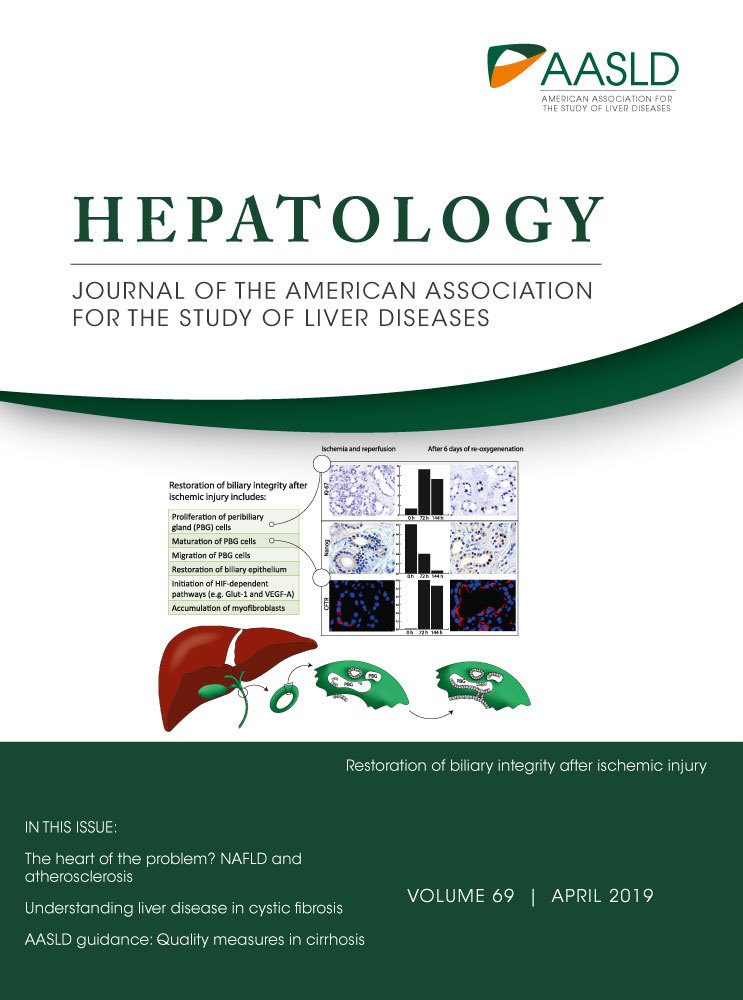The Interstitial Space Takes Shape
In March 2018, Benias et al. published a study, entitled “Structure and distribution of an unrecognized interstitium in human tissues,”1 which received extensive news coverage. The investigators utilized a variety of methods, including in vivo and ex vivo confocal laser endomicroscopy, frozen and routine histological preparations, immunohistochemistry, electron microscopy, and second harmonic generation microscopy, to provide novel information on the structure and function of the interstitial space.
The sophisticated methodology utilized by the investigators1 revealed features of a dynamically compressible and distensible, fluid-filled, interstitial space supported by a complex network of thick collagen bundles. The original observation of this space was made on submucosa of extrahepatic bile ducts, but extension of the study to other organs revealed similar spaces in much of the gastrointestinal tract, as well as in urinary bladder, bronchi, periarterial soft tissues, and fascial planes. Some of the collagen bundles in the walls of the interstitial spaces were found to be asymmetrically lined by single-spindle cells. Using human surgical specimens with various pathological conditions, the investigators demonstrated that these spaces are “prelymphatic” with connections to lymph nodes.
- The correlation of new and older techniques indicates that fluid-filled compartments in the walls of bile ducts and other tissues are often dilated interstitial spaces.2, 3 The liver normally produces a large amount of lymph (estimated at 1-3 liters per day, comprising 25%-50% of flow in the thoracic duct4). This enormous traffic passing through the space of Mall5, 6 deserves further study with modern methodologies.
- The mechanisms of edema and fibrosis are easier to comprehend if interstitial spaces are taken into account. This is true for duct edema developing in acute bile duct obstruction; edema developing in the bowel wall proximal to luminal obstruction; lymphedema following surgical operations; and anasarca related to hepatic, renal, or cardiac failure. Chronic edema often results in fibrosis. Dermal fibrosis is observed in the lower legs with chronic congestive heart failure. In the liver, fibrosis of parenchymal, capsular, and vascular compartments results from chronic venous outflow obstruction.7 Onion-skin fibrosis of medium bile ducts may represent organization of edematous walls after chronic biliary obstruction (Wanless, unpublished observation).
- The study of Benias et al.1 demonstrates that the interstitial spaces are partially lined by spindle cells, which are positive on immunohistochemical stains for CD34 and vimentin (as well as for D2-40 in bile ducts). The nature of these cells is not certain. The possible involvement in immunological interactions or other functions warrants further study. We offer the possibility that these cells are not true “lining cells” with formal attachment sites, but interstitial cells that are passively lateralized when interstitial spaces are flooded.
- The investigators demonstrate that the interstitial spaces in submucosa and dermis can be invaded by malignant cells before their entry to lymph ducts and nodes. The current tumor node metastasis TNM staging system does not consider this level of invasion for the purpose of directing clinical management. Further studies may indicate that interstitial space invasion is an additional marker of tumor aggressiveness, metastatic potential, and prognosis. Similarly, studies directed to the space of Mall may provide new insight into the paths of tumor spread inside the liver.
- A very important feature of this article1 is to remind us that what you see is entirely dependent on the methodology you use. In routine histological sections, the bile duct wall appears as a solid fibrous cuff that supports the mucosa. By intravital microscopy, this wall is more like a fluid-filled sponge. If we use these images to extrapolate from structure to function, routine sections imply strength, whereas intravital images imply strength, flexibility, distensibility, and intramural transport.
In pathology laboratories, tissue is dehydrated, impregnated with wax, stained with various chemicals, sliced, and rendered by the microscope as two-dimensional images. The techniques are simple, rapid, inexpensive, and reproducible, yielding images that provide a wealth of detail that is stable for decades. The routine techniques have proved scalable, with a half century of embellishments from electron microscopy, immunohistochemical stains, in situ hybridization, and laser confocal microscopy, to name a few. These qualities explain the durability of histology as a “gold standard” for many biomedical efforts. To maintain this standard, we must continue to learn from our colleagues who are using advanced techniques in a variety of clinical settings. It is only through these collaborations that we learn to correctly interpret images and their artefacts.
In summary, the report by Benias et al.1 is a cautionary tale that what we were taught for generations may be misinterpretation of artefact. The truth is established after much trial and error in taming new tools. Further studies, elucidating the structural and cellular components of the interstitial spaces, are certainly in order. Investigation of the roles that interstitial components play in disease pathogenesis may lead to new therapeutic approaches.8




